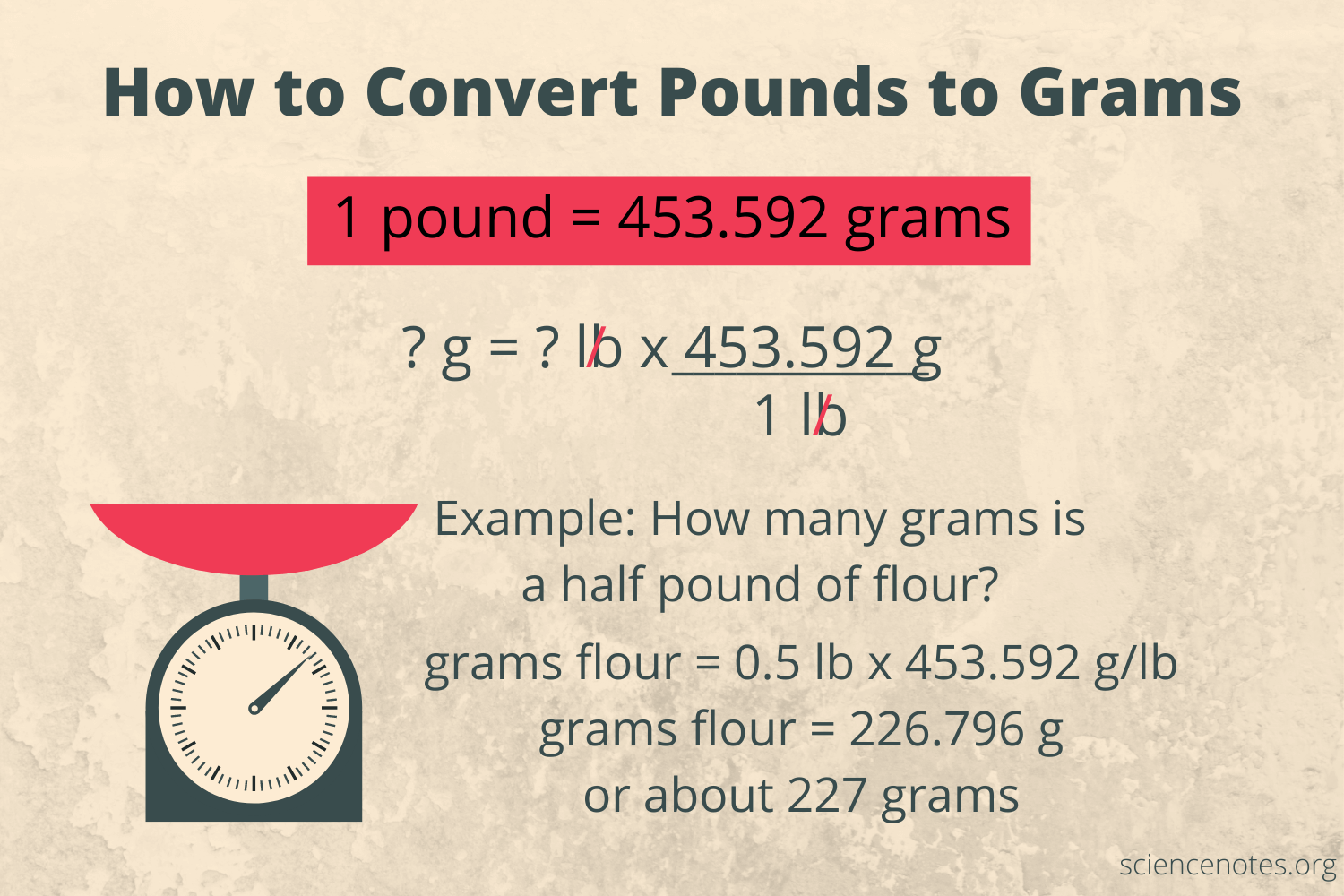Exploring the Conversion: How Many Grams in a Pound
When it comes to measurements, conversions play a crucial role in our daily lives. One common conversion that often sparks curiosity is the relationship between grams and pounds. In this comprehensive guide, we will delve into the topic and provide clear explanations along with comparison tables, ensuring you have a solid understanding of how many grams are in a pound.
1. Understanding Grams and Pounds:

Understanding Grams and Pounds
Before diving into the conversion, let's establish a clear understanding of grams and pounds as individual units of measurement.
Grams (g): The gram is a metric unit of mass, commonly used in scientific contexts and international standardization. It is the base unit of mass in the International System of Units (SI).
Pounds (lb): The pound is a unit of weight or mass used primarily in the imperial and U.S. customary systems. It's commonly used for everyday measurements, especially in the United States.
2. Conversion Factor:

Conversion Factor
To convert between grams and pounds, a conversion factor is necessary. The conversion factor is based on the relationship between the two units of measurement.
1 pound (lb) = 453.59237 grams (g)
3. Conversion Examples:
Let's explore practical examples to illustrate the conversion between grams and pounds:
Conversion of Small Quantities:
0.5 pounds = 226.796185 grams
1 pound = 453.59237 grams
2 pounds = 907.18474 grams
Conversion of Larger Quantities:
10 pounds = 4535.9237 grams
20 pounds = 9071.8474 grams
50 pounds = 22679.6185 grams
4. Comparison Table: Grams vs. Pounds:
Here's a side-by-side comparison table to visually understand the conversion between grams and pounds:
|
Pounds (lb) |
Grams (g) |
|
1 |
453.59237 |
|
2 |
907.18474 |
|
5 |
2267.96185 |
|
10 |
4535.9237 |
|
20 |
9071.8474 |
|
50 |
22679.6185 |
5. Common Scenarios Requiring Conversion:
Understanding the grams-to-pounds conversion can be helpful in various situations:
Cooking and Baking: Recipes from different regions may use grams or pounds, requiring conversions for precise measurements.
Fitness and Nutrition: Dietary guidelines often provide recommendations in grams, while food packaging may display weight in pounds.
International Trade: Businesses engaged in importing and exporting goods may need to convert weights for accurate transactions.
Scientific Research: Scientists and researchers often work with grams, but sometimes need to communicate their findings to an audience accustomed to pounds.
In the world of measurements, the conversion between grams and pounds holds significance across multiple domains. From culinary endeavors to international trade, a clear understanding of this conversion empowers individuals with the ability to navigate various contexts seamlessly. By grasping the conversion factor and referring to comparison tables, you can confidently convert between these two units of measurement, making your daily life more efficient and accurate.